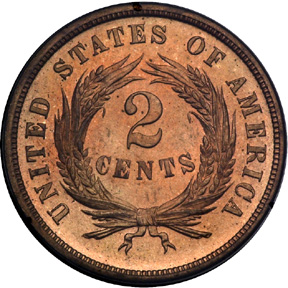
Pop Quiz: How many flushes does your average water bill buy you?
a. 1,152
b. 2,327
c. 3,516
d. 5,240
(Answer is on the back of this web page. Just kidding. It’s c – 3,516.)
As we mentioned in our previous post comparing Philadelphia Water Department rates to those of neighboring utilities, the average Philadelphian uses about 600 cubic feet or almost 4,500 gallons. The total bill for that amount of water usage AND the wastewater treatment that keeps the water supply clean AND the stormwater management that keeps the streets clear and the rivers healthy AND billing and collecting done by the Water Revenue Bureau (a department of the government wholly separate from PWD) comes to about $63.
Let’s have some more fun with math, shall we?
Given those numbers, 10 gallons of water costs about 14 cents. In four years, after the proposed rate adjustments have gone into effect, that 10 gallons of water will cost a little more than 16 cents. To put it in perspective, 10 gallons of the water (which is likely tap water, same as that you can get at home) in that 99-cent, 20-ounce bottle from the local convenience store would cost about $63. (And probably not taste any better at all.)
Those extra two cents or so per 10 gallons allows the Philadelphia Water Department to continue to ensure safe, high-quality drinking water while being a responsible steward of the region’s waterways—the Delaware and Schuylkill, along with dozens of other creeks and streams enjoyed by thousands of people every day. Those extra two cents mean that our children and grandchildren will have a chance at a cleaner, healthier environment than the one we started with.